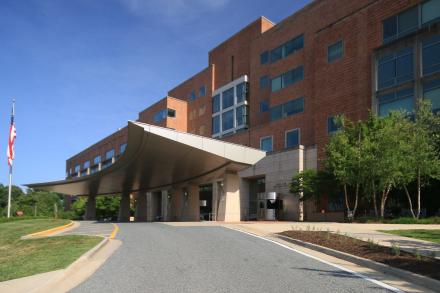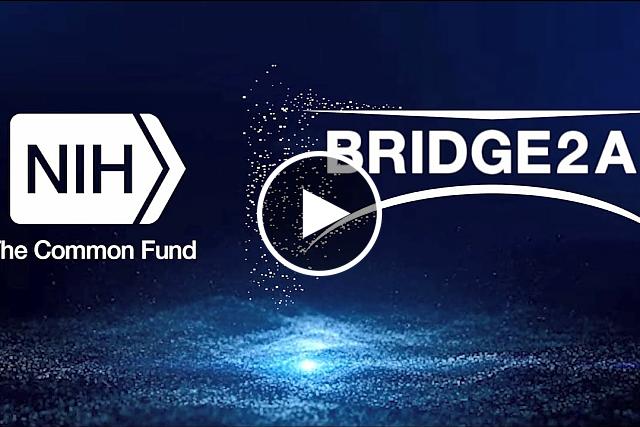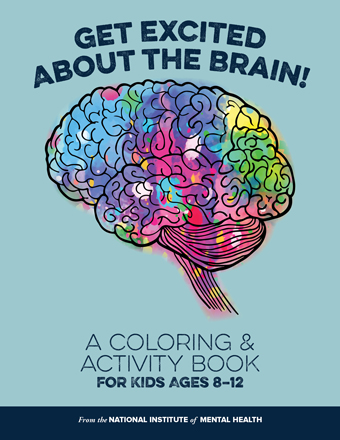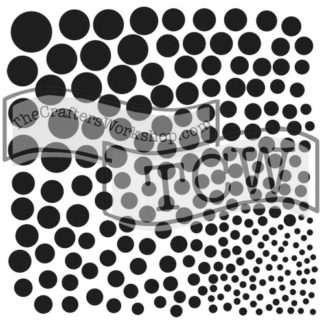
The Neurobiology of Dread National Institutes of Health (NIH)
Everyone has to make decisions involving potential gains and losses. It's not always just a rational choice of what we think will bring the better outcome, though. When the outcome's delayed, the feeling we call dread can make a choice considerably more complex. A new study supported by NIH's National Institute on Drug Abuse (NIDA) shows that people who experience substantial dread about an unpleasant experience can be biologically distinguished from those who don't dread it as much. Understanding how people make choices when faced with unpleasant outcomes may yield insights into how to develop ways to counter behaviors that have harmful effects such as drug abuse.

Robert Hunt Laboratory

NIH Intramural Research Program - Wikipedia

Interview With Francis Collins of NIH - The Atlantic

Visitor Information National Institute of Neurological Disorders

Sieburth Lab – Welcome to the Sieburth Lab at USC

Gi-DREADD Expression in Peripheral Nerves Produces Ligand-Dependent Analgesia, as well as Ligand-Independent Functional Changes in Sensory Neurons

NIH study shows how genes in retina get regulated during

Research at NINDS National Institute of Neurological Disorders and Stroke

The neural signature of the decision value of future pain

NIH launches Bridge2AI program to expand the use of artificial

Get Excited About the Brain! - National Institute of Mental Health









